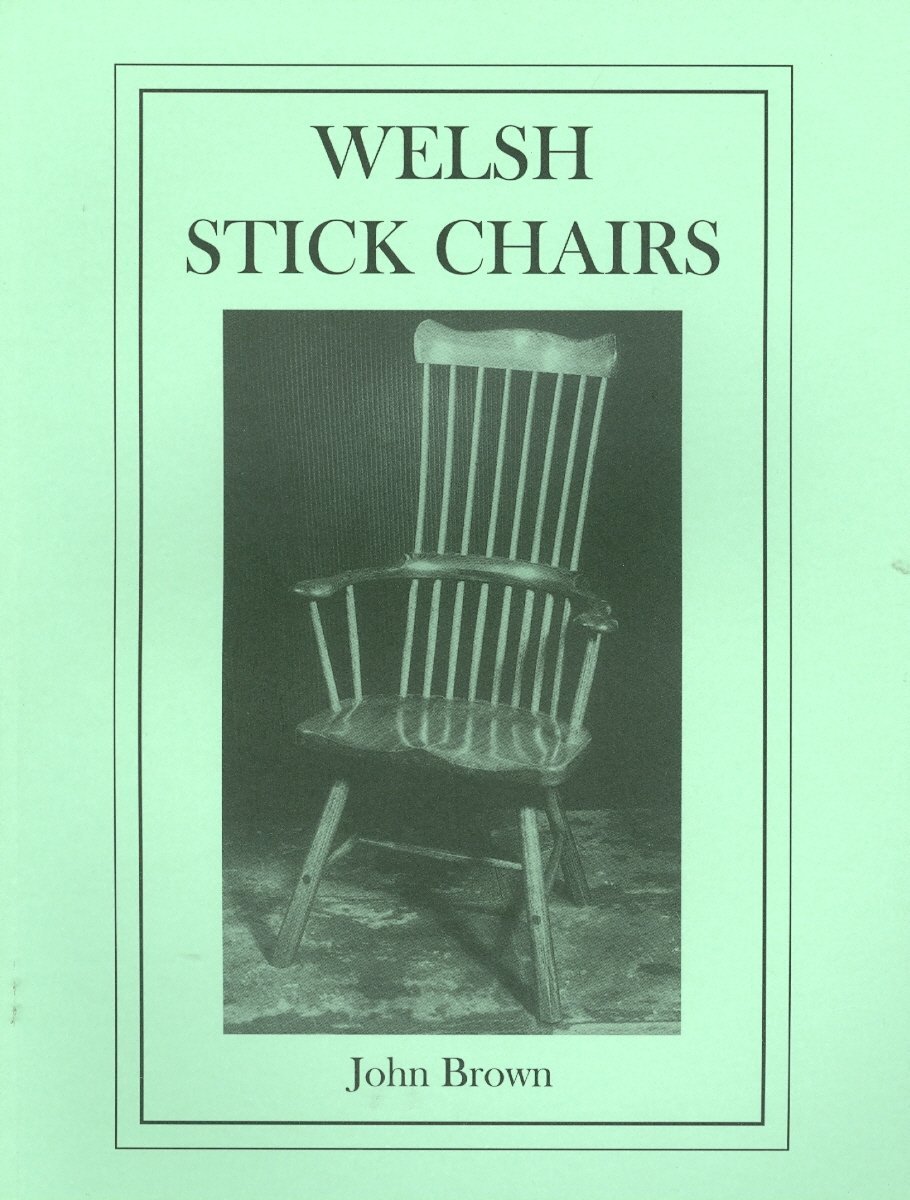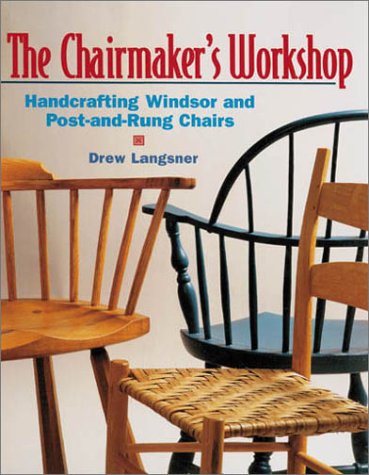 |
| The chair I recently finished. Now I need some side chairs. |
So far I have heard from a couple of people who want to build along in June, and it would be fantastic to get more people involved. There are no sponsors, and it isn't a contest. If you complete the project, the prize is you get to keep your beautiful chair!
Let me know if you want to build along, I will link to your blog, Instagram, or whatever, or I will post photos on my blog that you send me. I think sharing a build like this facilitates us to keep motivated, solve problems, and will be great fun.
 |
| Drop me a note at this email address and I'll add you to my list. |
I have a few ideas I would like to share, and would love to hear thoughts from others going through the same thing, or some more experienced chair builders who want to chime in.
 Two books I have read on the subject that I found particularly useful are John Brown's brilliant book, and the fantastic book by Drew Langsner. I built the above chair essentially only having learned what was in those two books. You can still get them both on Amazon when I checked.
Two books I have read on the subject that I found particularly useful are John Brown's brilliant book, and the fantastic book by Drew Langsner. I built the above chair essentially only having learned what was in those two books. You can still get them both on Amazon when I checked.
The book I am reading now, which I am sure you have heard of, Is Peter Galbert's Chairmaker's Notebook, recently released from Lost Art Press. I haven't finished it, but I think it probably is true that if this is the only info you had, you could probably have success building a chair.
On to the chair:
The foundation of any Windsor style chair is the seat blank. Everything is anchored to the seat blank.
It could be that many people are put off by chairs for this very reason. If you are extremely lucky, like me, you may be able to lay your mitts on some appropriate elm that is wide enough to make a seat from.
 |
| My nice little stash of elm seat blanks. |
My guess, however, is that not very many people have access to such lumber. If I were to do this build and didn't happen to have these seat blanks, I would use whatever was locally available.
In Munich, our lumber yard has a very nice selection of scots pine (Pinus sylvestrus) which I am told is very similar to southern yellow pine (not a specific pine species). Boards of this can be found wide enough to make single chair seats from. I would choose something around 8/4 (50mm or so) or a little thicker. I think that kiln dried lumber is probably OK, as long as it was dried properly.
Pine is commonly used in American Windsor chairs. I think if you plan to paint yours, this is probably the way to go. It is much softer and easier to carve than a hardwood.
I think that a good chair seat could be made from practically any wood, though. I would like someday to try one in Walnut or Cherry.
Bottom line: look for some well-behaved wood with as few knots in it as possible (to make carving easier) and go with it.
If your wood is not wide enough, it sounds like it should be OK to laminate some boards together to get the proper width. I would just try to steer clear of putting a glue line right where one of your legs join the seat.
 |
| There is a lot of stress where the leg joins the seat. |
Once you have your seat blank, I would suggest leaving it in your shop for a couple of weeks to acclimate. Flat sawn wood is often used for chair seats. It tends to cup when the humidity changes, but I think if your chair seat is well seasoned, it shouldn't make much of a difference in the appearance and comfort of the chair.
The chair I made had a seat blank that was "sort of" dry, and I know it has bowed a little since I started working on it. The only way I can tell is that sometimes it rocks on three legs a little bit and sometimes it doesn't. In the end, it doesn't really matter.
My next post will be discussing chairmaker's tools. You might want some, but traditionally, Welsh stick chairs were made with whatever tools were on hand. Do you really need them? Stay tuned!

I'm gearing up dude... Cleaned the shop out this weekend. I'll be ready for June.
ReplyDeleteAll right! You'll love this project.
Delete